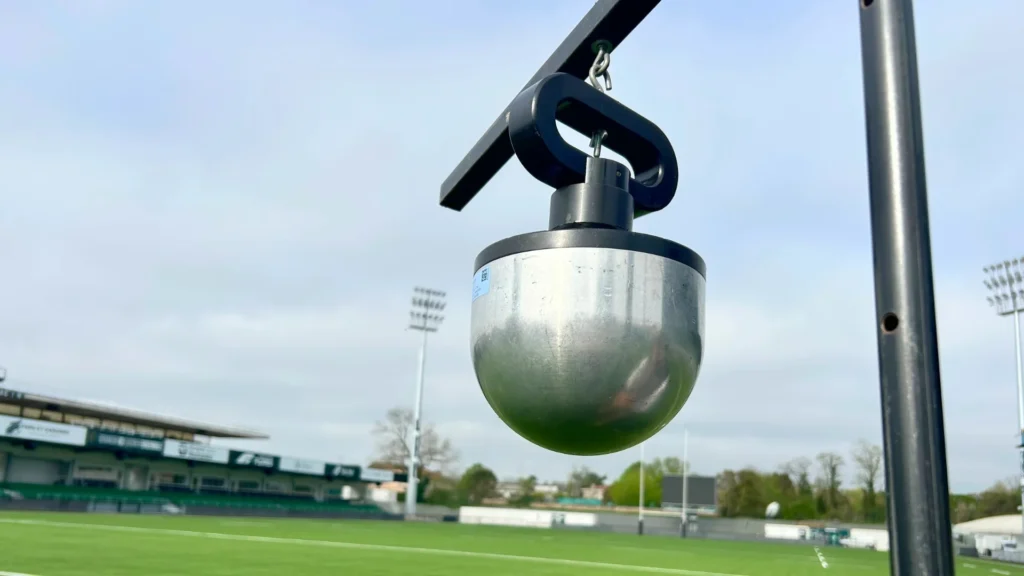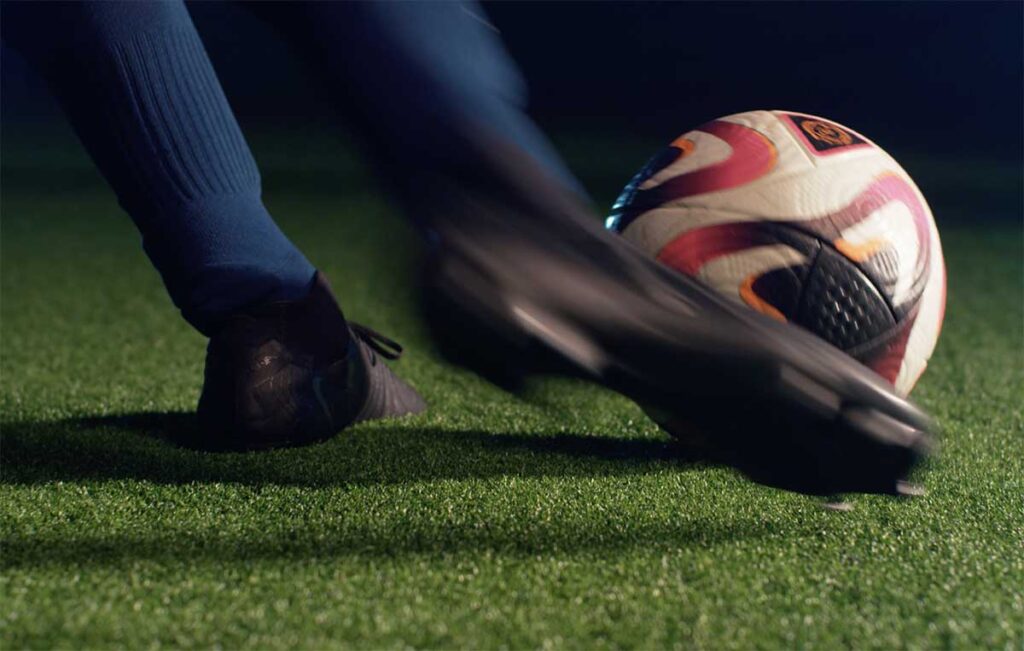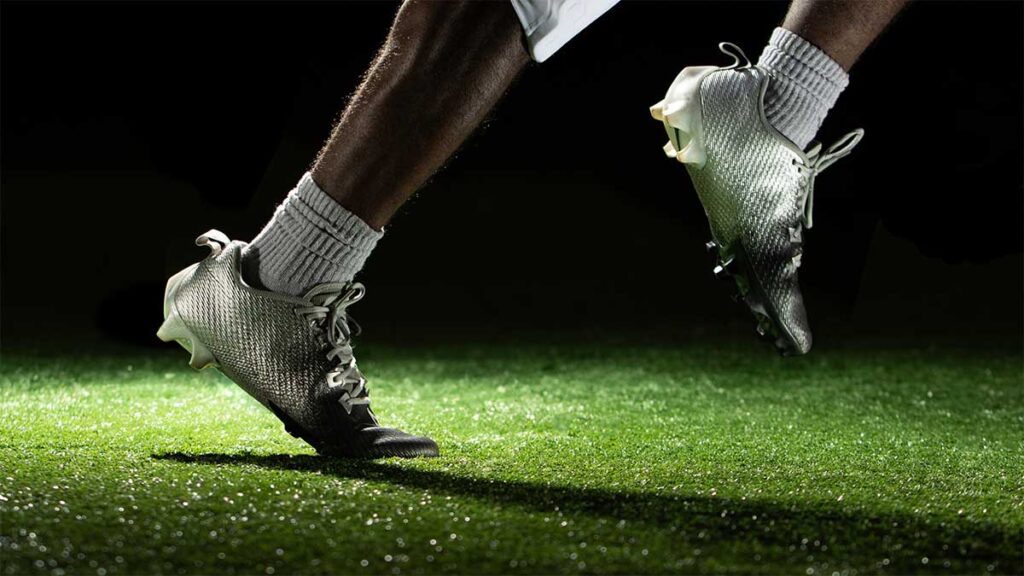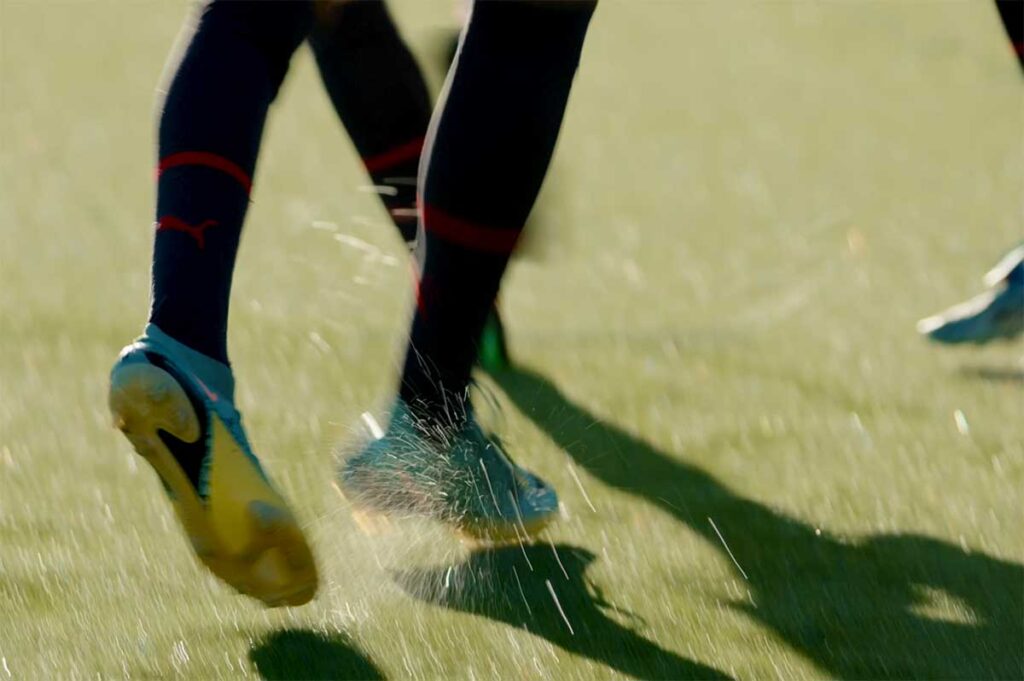The video below demonstrates the difference in how grass and turf respond to intensive use, simulating the equivalent of 8 full matches over a typical weekend (4 on Saturday, 4 on Sunday).
While the grass surface visibly degrades and becomes increasingly unplayable, the turf retains its performance characteristics throughout, showing no meaningful change in playability.
This is not a criticism of grass. Rather, it highlights the growing need for a more flexible, resilient field strategy in our increasingly high-density communities.
Grass and turf surfaces should not be seen as competitors. Instead, they can work together in a synergistic relationship:
🌱 Grass (including hybrid grass) offers a beautiful, natural playing experience — but it needs time to rest and recover.
⚙️ Turf provides high quality performance, great durability and high availability, ensuring consistent access to sport and play when grass cannot meet demand.
By integrating both surfaces into community and sports infrastructure, we can support better maintenance, greater access, and equity of play for all users — especially in urban environments where space and time are limited OR when weather does not permit the use of grass.
Let’s move beyond the binary debate and embrace a future that delivers more play, more often, for everyone.




